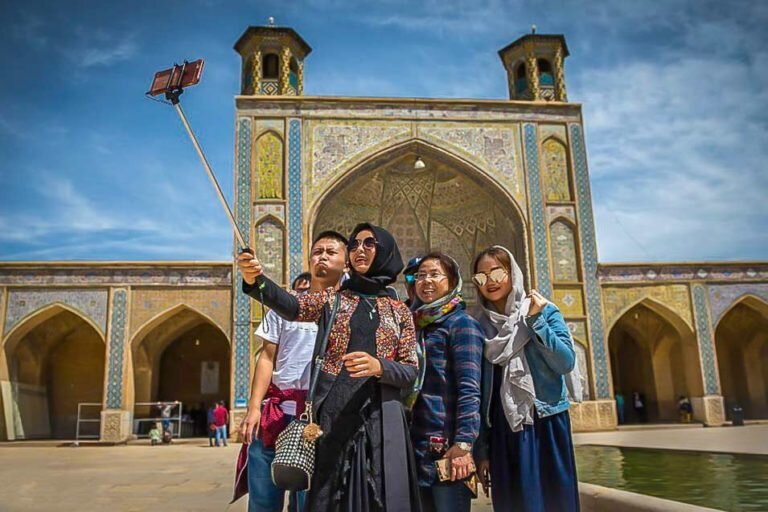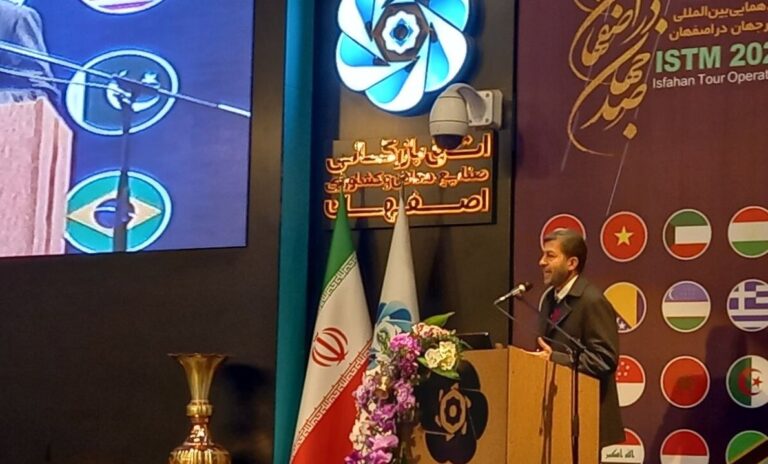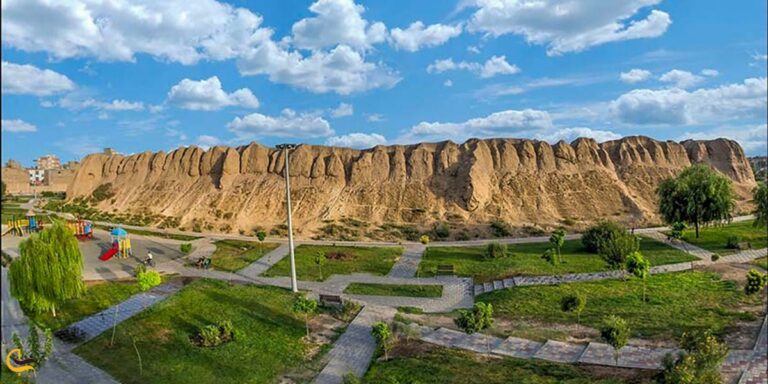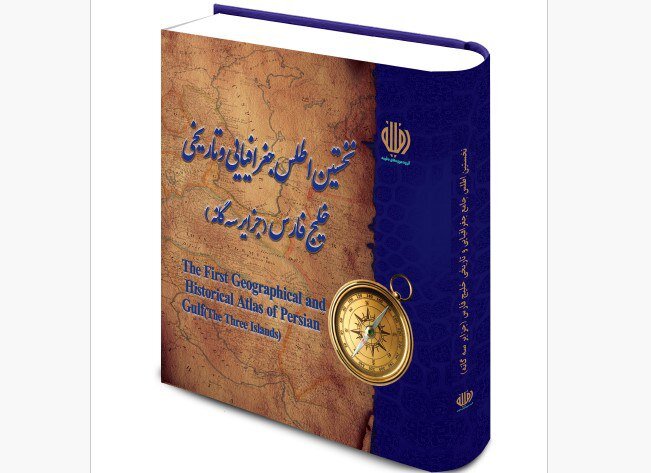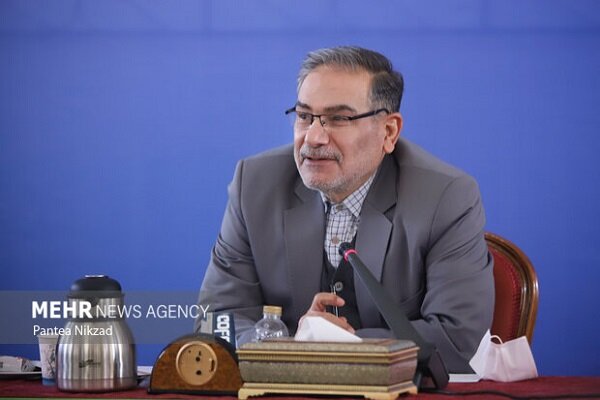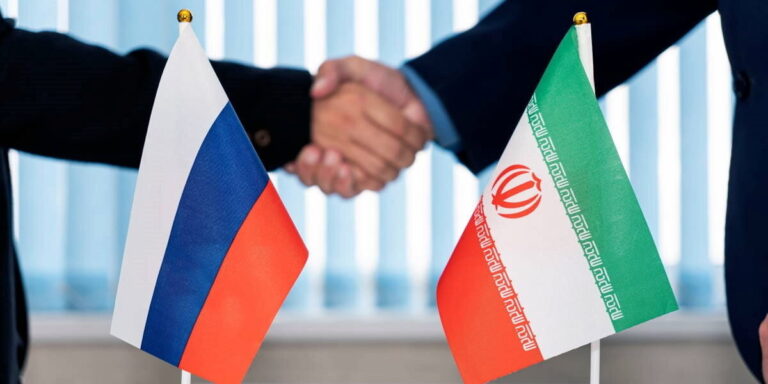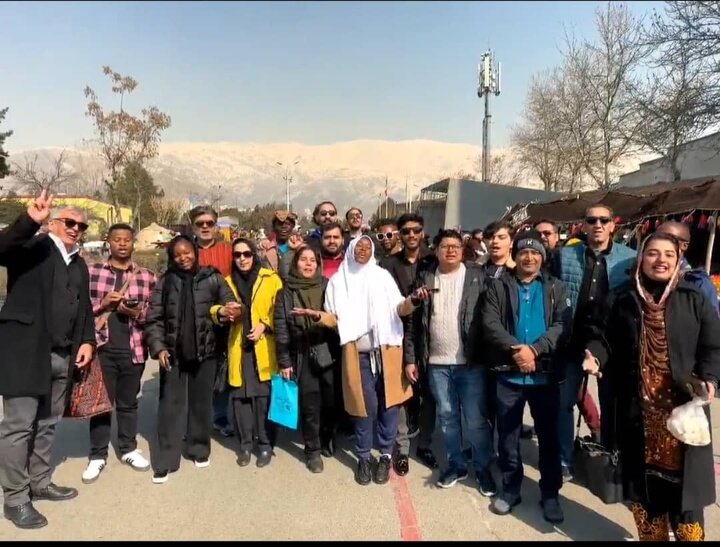Unveiling the Cultural Tourism Connection: Sino-Iranian Strategic Partnership Amidst Western Media Misrepresentations
The world is witnessing transformative changes, particularly in the West Asian region, which may pave the way for a new global and regional order. In this evolving landscape, China and Iran have emerged as pivotal players, each contributing uniquely to the dynamics. As the relationship between these two nations deepens, it is essential to understand how cultural exchanges and tourism can significantly enhance their ties.
Both countries are recognizing the importance of cultural and tourism exchanges as a low-risk yet high-reward strategy to strengthen their relationship. This approach not only promotes mutual understanding but also offers substantial benefits across various dimensions, including cultural, economic, security, and strategic aspects.
One of the most significant milestones in the China-Iran relationship was during President Xi Jinping’s visit to Tehran in 2016, which elevated bilateral relations to a comprehensive strategic partnership. This shift was further solidified by former Iranian President Ayatollah Ebrahim Raisi’s visit to China in early 2023, during which 20 cooperation documents were signed, focusing on tourism and cultural collaboration.
China’s Growing Outbound Tourism
- China’s economic growth has resulted in a wealthier population eager to travel.
- Historically, Chinese tourists favored nearby destinations like Hong Kong and Thailand.
- In recent years, there has been a notable shift towards longer-distance travel, including Europe and the West Asian region.
In 2023, Chinese outbound tourism experienced a remarkable recovery, with approximately 101 million cross-border trips, reaching about 60% of pre-pandemic levels. Projections by the China Tourism Academy suggest that outbound trips could reach 130 million in 2024, indicating robust growth in international travel from China. Furthermore, West Asia welcomed around 86.3 million visitors in 2023, a 22% increase from pre-pandemic figures, according to the UNWTO.
Last year, Iran and China entered into crucial agreements aimed at boosting tourism and cultural exchanges. This initiative has elevated Iran’s status as a top destination for Chinese tourists, with China recognizing Iran as one of its six priority locations.
Iran’s Tourism Strategy
Iran’s strategy to attract Chinese travelers is anchored in the 25-year comprehensive cooperation plan, which guides various agreements, including those focusing on tourism. Mehdi Safari, Iran’s former Deputy Foreign Minister for Economic Diplomacy, highlighted the country’s goal of becoming a key destination for Chinese tourists, aiming to attract between one to two million visitors annually from China’s 200 million outbound tourists.
To facilitate this influx, from March 21, 2023, to January 20, 2024, over 54,000 Chinese tourists visited Iran, with an average expenditure of $1,000 each. Iran has implemented a visa-free policy for Chinese nationals and trained guides to cater to this demographic. Travel agencies like U Tour reported sold-out 13-day tours to Iran priced at approximately 29,800 yuan ($4,333) within a day.
Enhancing Accessibility for Chinese Tourists
- Iran introduced a visa-free policy for Chinese nationals, allowing stays up to 21 days.
- This policy significantly streamlines entry requirements, needing only a passport valid for at least six months.
- Moreover, dual passport holders can enter Iran visa-free using their Chinese passport.
To address payment challenges due to international sanctions, Iran has also integrated alternative transaction platforms like Chinese applications, including Alipay and WeChat Pay, ensuring smooth financial transactions for tourists. The expansion of air connectivity is also vital, with Iranian airlines like Mahan Air offering direct flights to major Chinese cities such as Beijing and Shanghai.
Leveraging Social Media for Cultural Understanding
Social media, especially short-form videos, is crucial for enhancing cross-cultural understanding among younger generations. In a recent initiative by Iran’s Ministry of Cultural Heritage, Tourism, and Handicrafts, 20 prominent Chinese influencers were invited to explore Iran’s rich cultural and natural heritage. This campaign aims to reach an estimated 60 million Chinese viewers, highlighting Iran’s attractions through engaging content.
Multilateral Engagement and Cultural Exchanges
Iran’s participation in international frameworks like the Shanghai Cooperation Organization (SCO) and BRICS has revitalized cultural exchanges, further cementing its role as a significant cultural partner for China. Iran’s historical position along the Silk Road enhances its strategic importance in the context of China’s Belt and Road Initiative (BRI).
To enhance the Sino-Iranian strategic partnership, it is vital to continue promoting cultural and tourism interactions. Key strategies include:
- Fostering mutual understanding through cultural outreach initiatives, such as festivals and exhibitions.
- Investing in tourism infrastructure to cater to Chinese tourists, including Chinese-language services and amenities.
- Expanding digital engagement through social media platforms and partnerships with influencers.
- Improving accessibility with direct flights and visa-exempt travel regulations.
- Encouraging academic exchanges and institutional partnerships for sustained ties.
- Highlighting shared historical narratives, such as the Silk Road, to strengthen connections.
By implementing these measures, Iran and China can significantly enhance their bilateral ties while promoting shared economic, cultural, and strategic objectives. This evolving relationship holds great potential for both nations as they navigate the complexities of the modern world.
(Amir Mohammad Esmaeili is an author, researcher, and PhD candidate at the Middle East Studies Institute, Shanghai International Studies University)
